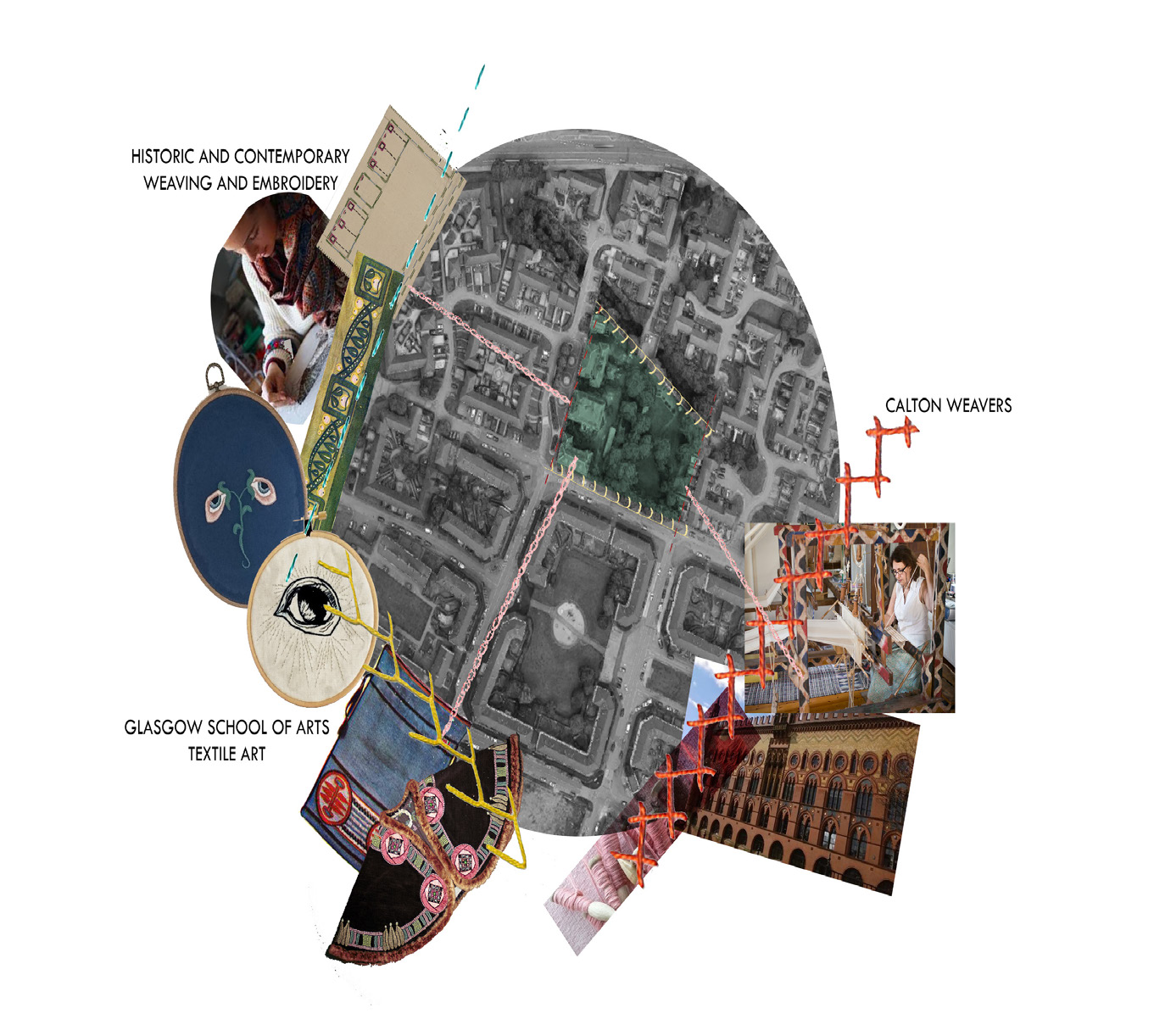The most sustainable building is the one that already exists. However, all buildings are designed with a function in mind – and when it becomes redundant, the building has to be adapted to host a new activity – or deteriorate. This thesis aims to investigate how a derelict building can be adapted into a new function – how much of consolidation is necessary, how far the alterations should go – and what are the options to implement those; how to preserve the atmosphere, but also create a new, distinctive, and complimentary elements, weaving seamlessly together.
There are two main types of heritage – tangible and intangible. First one can be also described as material – literature, artwork, crafted objects, buildings… The other is how the tangible object comes to be – tradition-al skills that can be passed on and taught, or completely forgotten.As intangible heritage is essentially an activity, it needs a space where it can take place. Here the tangible heritage – a vacant historic building – comes into place; it becomes a vessel for the act of creating, and this symbiosis saves both from fading into obscurity.
Calton used to be a village famous for its weavers, and later the centre of textile industry in Glasgow; now one of the most deprived areas in the city, with scarce historic buildings, looking out of place among post-war housing – a place not anchored in context, space without defined identity.Placing a textile art campus within the derelict school in the middle of Calton is linking past into present, giving the lost identity back to the neighbourhood, and saves the old building from further neglect; teaching of traditional skills such as weaving or embroidery will hopefully rejuvenate the interest in traditional crafts.

